Last updated on July 29th, 2022
Located in Nepal and Tibet, Asia, Mount Everest was first identified as the highest peak in 1852, reaching about 29,031 feet at its summit, according to the National Oceanic and Atmospheric Administration (NOAA). It has been around for approximately 60 million years, and it so far remains one of the most iconic mountains on earth. For this reason, Mount Everest is a magnificent tourist attraction in Asia, with at least 35,000 tourists flocking it every year, as per the Washington Post. That said, here is a look at other 50 interesting facts about Mount Everest.
Naming
1. The name “Everest” means “the highest point”. Mount Everest got its name after surveyors discovered it as the highest peak in the 1850s.
2. In the 19th century, the Royal Geographical Society (RGS) named Mount Everest after George Everest, the first British Surveyor General in India. In Tibet, this mountain is known as Chomolungma, meaning, “Mother Goddess of the World”. On the other hand, it is called Sagarmatha in Nepal, and this means “Goddess of the Sky”, as per the Montana State University.
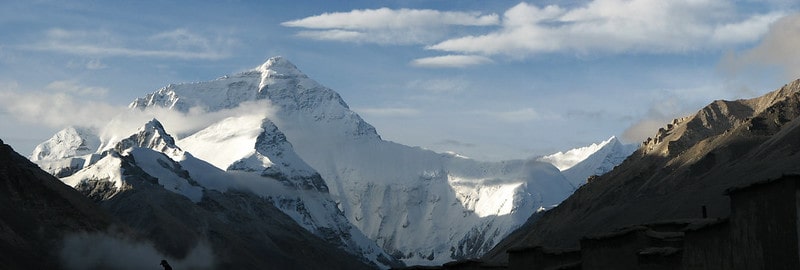
3. George Everest’s surname was pronounced as “Eve-rest,” the name of this mountain should be pronounced as “Eve-rest” and not “Ever-rest.”
Comparison with Other Mountains
4. Compared to other mountains, Mount Everest is currently the tallest mountain in the world, with a height of about 29,030 feet above sea level.
5. Mount Everest continues growing every year by at least 4 mm due to the geological uplift. It is for this reason that there are lots of contradictions and controversies surrounding the actual height of this mountain, as reported by BBC News. So far, surveyors from different countries have measured the height of Mount Everest multiple times to determine the actual height.
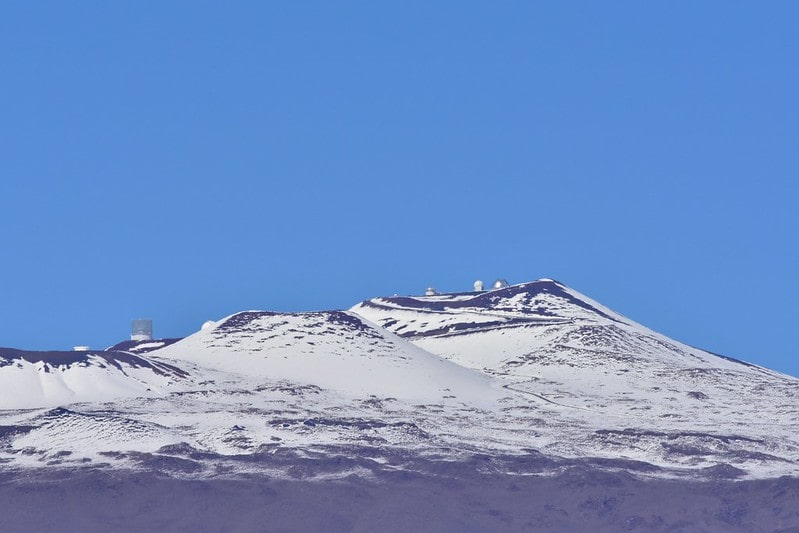
6. Technically, Mount Everest is not the tallest mountain on earth. To give you an idea, Mauna Kea, a mountain in Hawaii, is 33,500 feet tall but only 13,796 feet of it is above sea level, per the US Geological Survey (USGS).
7. Mount Everest has two heights that are acceptable in both China and Nepal. With snow or ice cover on the peak, the height is 8,848.86 meters (29,032 feet) while the rock height is 8,843.48 meters 29,012 feet).
8. This mountain has the shape of a three-sided pyramid, with three faces and ridges. While every face is rock-hard, it mostly contains snow, with high snow levels appearing in September following the monsoon.
Life in Mount Everest
9. Despite the harsh climate around Mount Everest, plants still manage to thrive up to 5,750 meters high from the base of the mountain. Common plants on this mountain include, among others, bamboo, blue pines, birch, juniper, and rhododendrons. While there is limited vegetation, you’ll find shrubs at altitudes above 5,750 meters (18,864 feet).
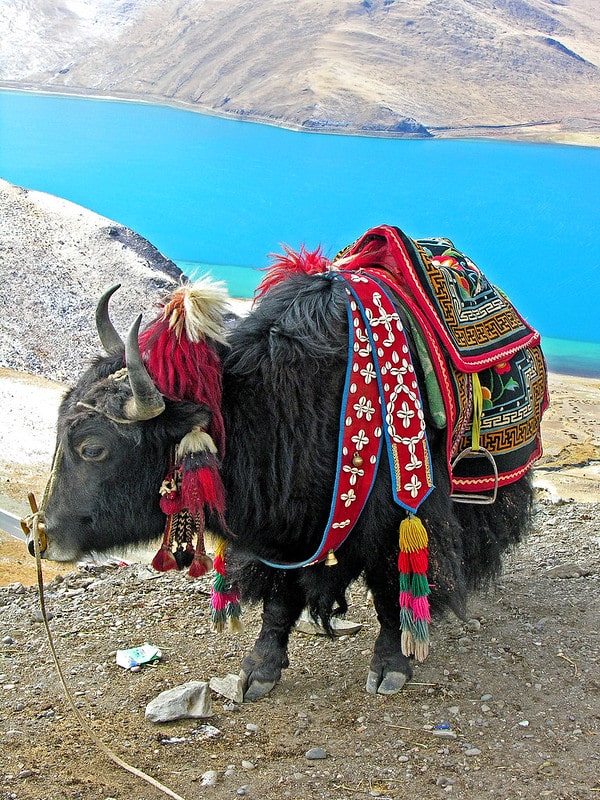
10. Although there is no living thing on top of Mount Everest, you can find animals such as the snow leopard, Himalayan Yak, and Himalayan Tahr at an altitude of 6,000 meters (19,685 feet) .
11. Euophrys Omnisuperstes (a candidate for the highest known permanent resident on Earth), a species of the Himalayan jumping spiders lives at about 22,000 feet of Mount Everest. It is one of the few permanent inhabitants that live in the rocky areas of this mountain.
Climbing Records
12. In 1921, British climbers made the first attempt to climb to the summit of mountain. Since they never made it back alive, it is still not known whether they reached the peak or not.
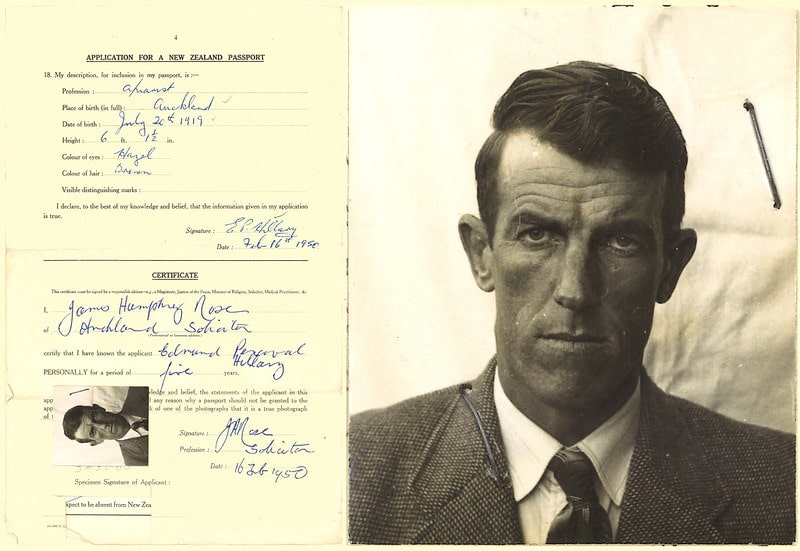
13. In 1953, Edmund Hillary and Tenzing Norgay became the first two people to reach the summit of Mount Everest summit successfully.
14. While at least 35,000 people visit Mount Everest every year to view the scenery and experience the climatic conditions around it, only about 5200 have managed to successfully climb to the summit and back down.
15. Kami Rita Sherpa, a Nepali Sherpa guide is the person who has climbed Mount Everest the highest number of times. To give you an idea, he climbed it for the 26th time on 7th May 2022, eclipsing his own record of 25 climbs.
16. Lakhpa Sherpa holds the title of the first Nepalese woman to climb Mount Everest. She is also in the Guinness World Records as the woman who has climbed this mountain the highest number of times.
17. In 1975, Junko Tabei, a Japanese teacher, author, and mountaineer, because the first woman ever to climb to reach the mountain’s summit. She also went into world records as the first woman to climb all the seven summits.
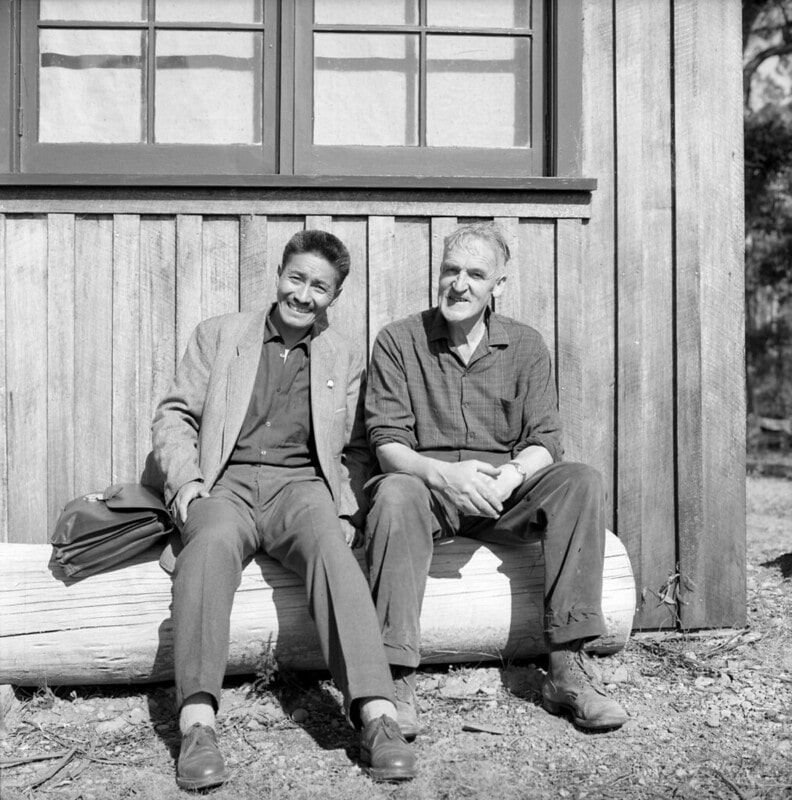
18. In 2005, a Nepalese couple, Moni Mulepati and Pem Dorjee got married on top of Mount Everest in a ceremony that took about 10 minutes.
19. In 2010, a 13-year-old American called Jordan Romero because the youngest mountaineer to reach the top of Mount Everest.
20. On the other hand, Yuichiro Miura (date of Climb: May 23, 2013) reached the summit aged 80 years, making him the oldest climber to accomplish this feat. On May 6, 1970, Yuichior Miura became the first person to ski on Mount Everest. A documentary film, titled The Man Who Skied Down Everest, was about Miura’s feat and the film won an Academy Award.
21. Nepal insists that anyone planning to climb Mount Everest must be 16, China does not impose any age restrictions.
22. In 2012, the then 73-year-old Tamae Watanabe made history when she became the oldest female climber to the summit. Tamae became a mountaineer at the age of 28, and she had climbed several other mountains before the Mount Everest expedition.
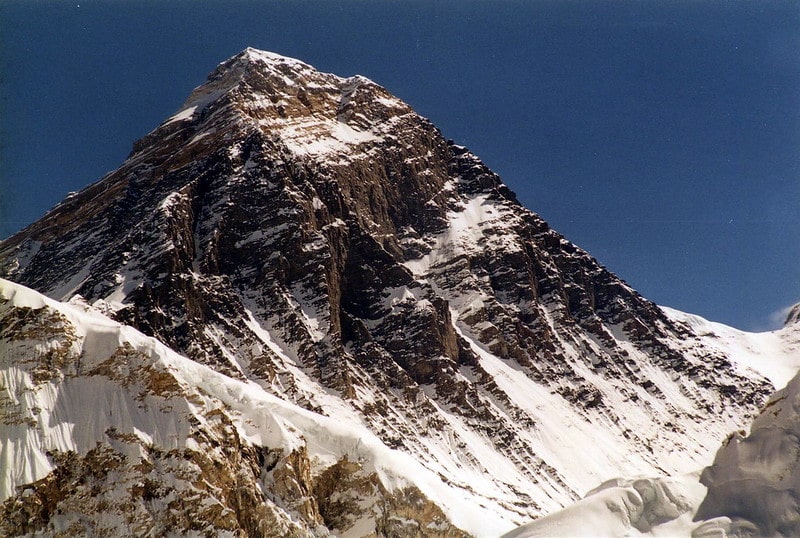
23. Due to the harsh weather conditions, altitude sickness, low oxygen levels, and fatigue, it takes about 10 weeks to climb Mount Everest. This is because of the frequent breaks that climbers take at each base to adapt to the high altitude before resuming climbing, as per the National Center for Biotechnology Information (NCBI). One break can take days or even weeks.
24. It is expensive to climb Mount Everest. To give you an idea, you will pay an $11,000 license fee to the Nepal government as well as the cost of oxygen, equipment, transport, and supplies. You also need to pay for Sherpas’ services, equipment, and oxygen. In total, climbing Mount Everest can take more than $30,000 per person. While the license fee is constant, other expenses may be higher depending on the number of guides you have as well as the equipment used.
The World’s 14 Highest Mountain Peaks (above 8,000 meters)
| Mountain | Location | Height Meters/Feet | First to summit (nationality) | Date |
|---|---|---|---|---|
| 1. Everest | Nepal/Tibet | 8,850/29,035 | Edmund Hillary (New Zealander, UK), Tenzing Norgay (Nepalese) | May 29, 1953 |
| 2. K2 (Godwin Austen) | Pakistan/China | 8,611/28,250 | A. Compagnoni, L. Lacedelli (Italian) | July 31, 1954 |
| 3. Kangchenjunga | Nepal/India | 8,586/28,169 | G. Band, J. Brown, N. Hardie, S. Streather (UK) | May 25, 1955 |
| 4. Lhotse | Nepal/Tibet | 8,516/27,940 | F. Luchsinger, E. Reiss (Swiss) | May 18, 1956 |
| 5. Makalu | Nepal/Tibet | 8,463/27,766 | J. Couzy, L. Terray, J. Franco, G. Magnone-Gialtsen, J. Bouier, S. Coup, P. Leroux, A. Vialatte (French) | May 15, 1955 |
| 6. Cho Oyu | Nepal/Tibet | 8,201/26,906 | H. Tichy, S. Jchler (Austrian), Pasang Dawa Lama (Nepalese) | Oct. 19, 1954 |
| 7. Dhaulagiri | Nepal | 8,167/26,795 | A. Schelbert, E. Forrer, K. Diemberger, P. Diener (Swiss), Nyima Dorji, Nawang Dorji (Nepalese) | May 13, 1960 |
| 8. Manaslu | Nepal | 8,163/26,781 | T. Imamishi, K. Kato, M. Higeta, (Japanese) G. Norbu (Nepalese) | May 9, 1956 |
| 9. Nanga Parbat | Pakistan | 8,125/26,660 | Hermann Buhl (Austrian) | July 3, 1953 |
| 10. Annapurna | Nepal | 8,091/26,545 | M. Herzog, L. Lachenal (French) | June 3, 1950 |
| 11. Gasherbrum I | Pakistan/China | 8,068/26,470 | P. K. Schoeing, A. J. Kauffman | July 4, 1958 |
| 12. Broad Peak | Pakistan/China | 8,047/26,400 | M. Schmuck, F. Wintersteller, K. Diemberger, H. Buhl (Austrian) | June 9, 1957 |
| 13. Gasherbrum II | Pakistan/China | 8,035/26,360 | F. Moravec, S. Larch, H. Willenpart (Austrian) | July 7, 1956 |
| 14. Shisha Pangma | Tibet | 8,013/26,289 | Hsu Ching and team of 9 (Chinese) | May 2, 1964 |
25. Sherpas not only guide other climbers but also help them carry equipment and supplies. For such services, one Sherpa charges an average of $5,000 per expedition.
26. More than 7600 people had managed to reach the summit of Mount Everest. So far, more people still attempt climbing every year, with some losing their lives in the process.
27. There are about 17 routes to the top of the mountain, and the most followed ones are the South Colony route and Northeast Ridge Standard route. Although experienced mountaineers say the overall difficulty of the two routes is comparable, the challenges are different.
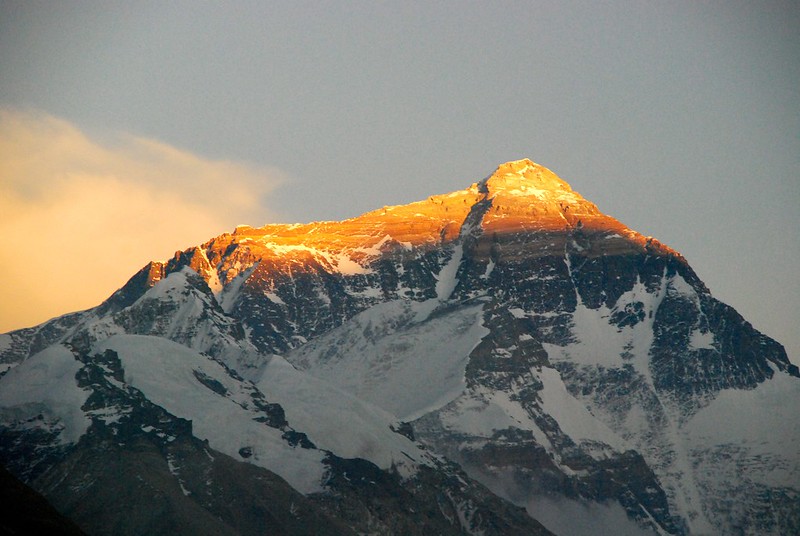
28. In 1999, Babu Chiri Sherpa stayed on the summit for a whopping 21 hours, the longest anyone has ever been there. His climb was also one of the fastest, lasting only 16 hours and 56 minutes.
29. The 2015 film titled “Everest” was partly shot on Mount Everest at an altitude of about 4,750 m. It is based on true events in which climbers died in a blizzard as they attempted to descend mount Everest in 1996. The rest of the scenes were recorded in studios. The film was released in 2015, the second year since 1974 that no climbers successfully reached the summit of Mount Everest.
30. Erik Weihenmayer, an American motivational speaker, athlete, and adventurer, was the first blind person to climb Mount Everest in 2001. From this, he was featured in the Times Magazine. Erik Weihenmayer (USA) was born with retinoschisis, an eye condition that left him totally blind by the age of 13.
Safety
31. Above 17,400 feet, the climate on Mount Everest is extremely harsh, with strong winds and violent storms being common. Consequently, the American Alpine Institute recommends wearing warm clothing for those who want to climb this mountain.
32. To enhance safety, there is a “2 o’clock rule” that requires every climber to reach the summit by 2 pm. This helps minimize accidents that mainly happen due to unpredictable weather conditions that change drastically. If you don’t manage to reach the summit by 2 pm, it is advisable to climb back down and attempt climbing the following day.
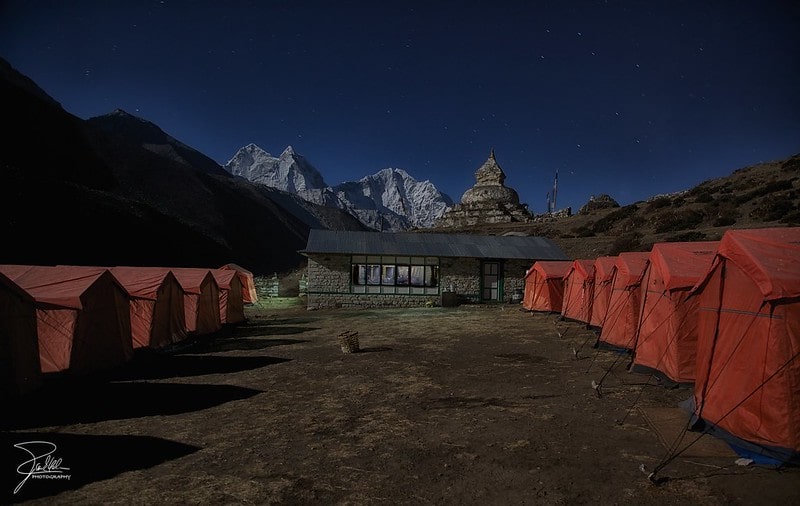
33. Due to extremely low air pressure at the peak of Mount Everest, climbers lose the ability to breathe comfortably. As such, they start experiencing high-altitude health conditions such as cerebral edema, blood embolisms, and pulmonary edema.
34. At high altitudes, Mount Everest is covered with snow and ice, and this poses the risk of frostbites to climbers. As such, dressing warmly and having the right gear is prudent when going on a climbing expedition.
35. The speed of wind on Mount Everest is about 200 km/hr., making it even more dangerous for climbers.
36. To increase chances of survival, an average climber requires about 7 bottles of oxygen that can last at least 35 hours, according to the Nepal National Mountain Guide Association (NNMGA).
37. Mount Everest is among the deadliest mountains in the world, recording a 1% death rate since 1990. The death zone starts at an elevation of 8,000 meters or above due to low amounts of oxygen. However, the success rate of summiting Mount Everest has doubled in the last three decades, even though the number of climbers has greatly increased.
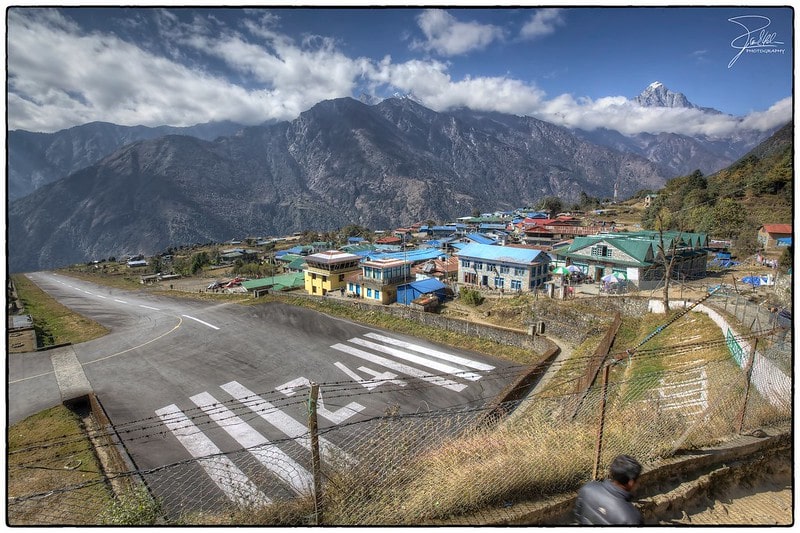
38. The summit of Mount Everest has a temperature of about -19 and -36 degrees Celsius in summer and winter respectively, though it sometimes drops lower. As such, climbers face the risk of hypothermia and frostbites.
39. In 1996, an Outside Magazine reporter climbed to the peak of Mount Everest with his expedition team. While he managed to climb back down safely, his team died on their way down due to a blizzard.
40. Considering it’s the tallest mountain, climbers leave their rubbish and body wastes behind as they climb up or down. As such, people describe it as the “world’s highest rubbish dump.”
. . . continue reading on the next page
